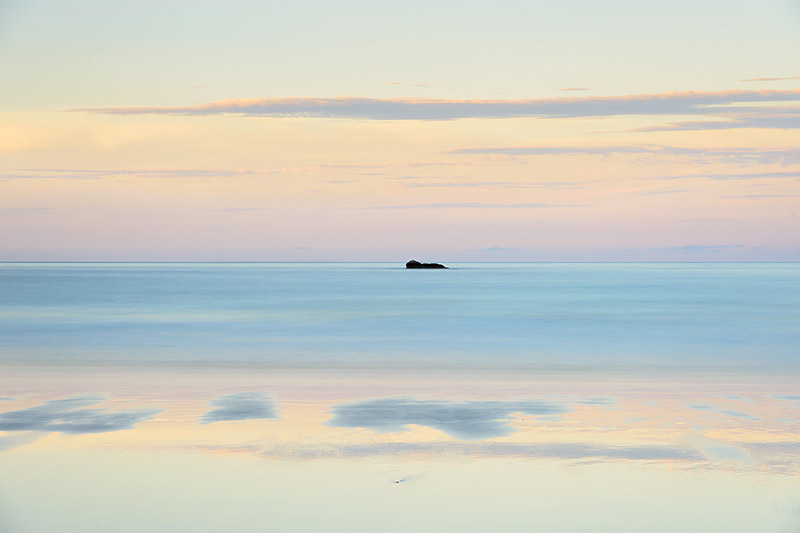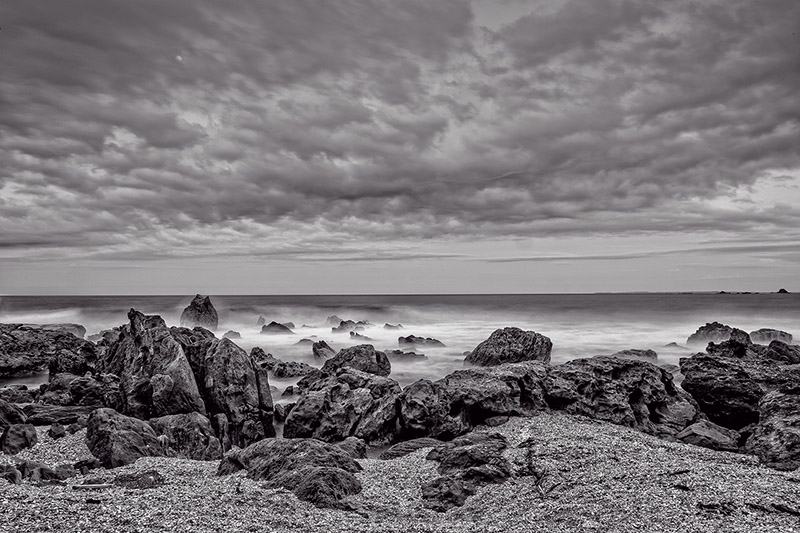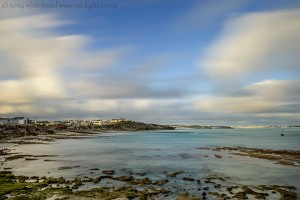ND filters are useful for achieving long shutter speeds to create interesting visual effects in landscape photos. Their other use can be for allowing wide apertures to achieve shallow depth of field in bright conditions for portrait photos. In this post I will be discussing the first topic.
ND filters are basically grey filters which reduce the amount of light transmitted through to the sensor. Some can create a slight colour cast due to differential transmission of wavelengths, but this can usually be easily dealt with in post production. Classification of ND filters can be a little confusing with some rated in stops of light and some as a fraction but to add confusion only the denominator of the fraction is expressed! A filter that transmits 1/8 the amount of light is labelled an ND8 and 1/400 as an ND400. Talking in stops – 3 stops is 1/8 as each stop reduces the light by 1/2 (1-1/2-1/4-1/8). Following this progression (1/2, 1/4, 1/8, 1/16, 1/32, 1/64, 1/128, 1/256, 1/512) we can see that an ND400 reduces the light by between 8 and 9 stops.
A recent trip to the beach for a few days gave some nice opportunities for seascapes and using an ND filter to give slow shutter speeds can give a different rendition of the water and waves. Often it will allow cloud movement to be recorded which I really like but on these days the wind was not sufficient to really achieve this. The 2 images were shot on consecutive days in very different conditions using a Hoya ND400 filter.
On the first evening we had lovely colours opposite to the sunset and with a gentle sea using an ND400 gave an exposure of 30 seconds at f11 and ISO 100. With the camera tripod mounted and a cable release the still rock and horizon were rendered sharply with the blurred smooth sea reflecting the pastels of the sky, and the drying patches of sand mirroring clouds in the sky.
The second evening the sea was much rougher and a shutter speed of 15s at f22 ISO50 smoothed the sea and captured a misty rendition of the foam crashing into the rocks while still capturing a sense of the breaking surf. The contrasting textures of the shingle, rocks, sea and clouds lent itself to a B&W conversion using OneOne Perfect Photosuite 8 Perfect B&W.



Pingback: Long exposure landscapes – Mount Maunganui